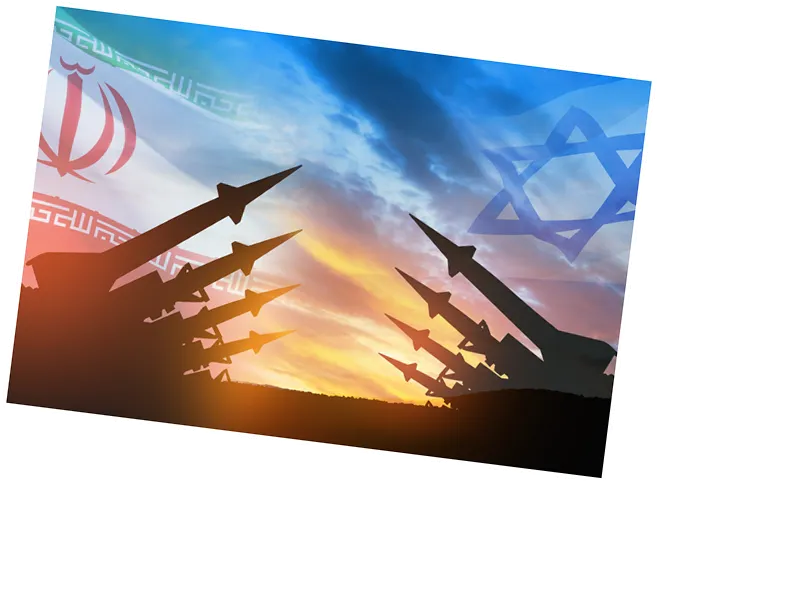Iran's reliance on local military production has significantly increased due to historical sanctions, leading to a robust indigenous defense industry.
The collaboration with Russia and China has been pivotal in advancing Iran's military technology, allowing it to develop sophisticated air defense systems.
Iran's multi-layered air defense strategy reflects its need to protect against contemporary aerial threats, particularly from regional adversaries.
Iran is likely to continue enhancing its air defense capabilities in response to perceived threats from neighboring countries and Western powers.
Future developments may see Iran pursuing further technological advancements and collaborations to bolster its military capabilities.
The ongoing geopolitical tensions may lead to increased scrutiny and potential sanctions against Iran's military development efforts.
Iran's Advanced Air Defense Systems: A Response to Sanctions
Iran has developed a sophisticated air defense system comprising approximately 3,500 bases equipped with both locally-made and foreign systems. This multi-layered defense network is designed to monitor and neutralize aerial threats at various ranges and altitudes, ensuring comprehensive protection for the nation. The systems include advanced technologies such as the Bavar 373, Raad, and Khordad 3, which have been crucial in enhancing Iran's military capabilities, particularly in the wake of Western sanctions and historical conflicts.
The Evolution of Iran's Defense Capabilities
The imposition of sanctions following the Islamic Revolution in 1979 compelled Iran to focus on self-reliance in military manufacturing. The Iran-Iraq War (1980-1988) further underscored the necessity for indigenous military production. By the 1990s, Iran began collaborating with Russia and China to enhance its defense technology, leading to the development of advanced missile systems and air defense technologies. This collaboration has allowed Iran to produce systems capable of intercepting modern aerial threats, including stealth aircraft.
Key Features of Iran's Air Defense Systems
Iran's air defense systems are categorized into long-range, medium-range, and short-range systems, each designed to engage different types of aerial threats. The Bavar 373 system, for instance, is a long-range missile system that can detect targets up to 450 kilometers away and engage them at altitudes of up to 32 kilometers. Medium-range systems like the Arman and Khordad 15 are capable of intercepting various aerial threats, while short-range systems such as the Azarakhsh and Majid are designed to protect vital infrastructure from low-flying threats. These systems collectively demonstrate Iran's commitment to enhancing its air defense capabilities amidst ongoing geopolitical tensions.





